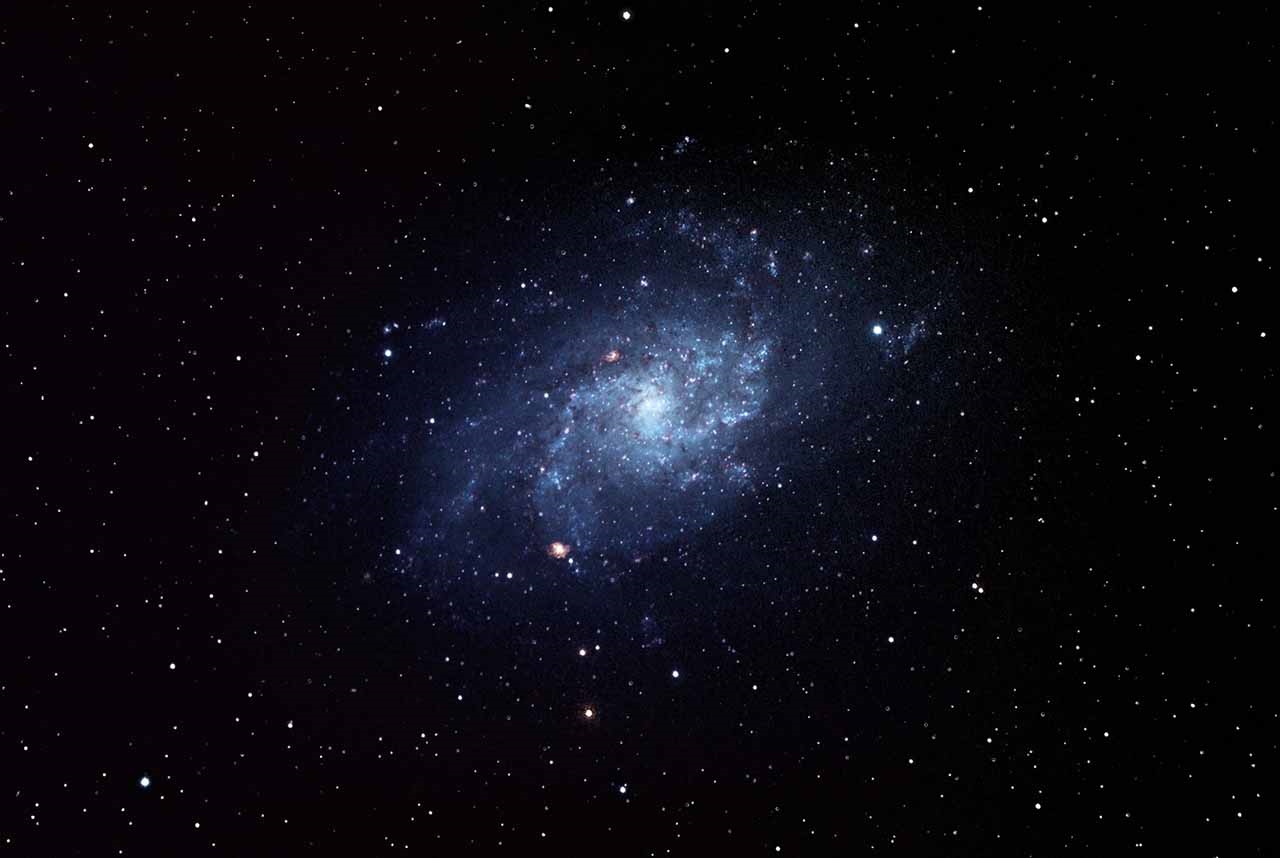Table of Contents
- Poetry | 20 Prospect | Page 3
- Which galaxy have you seen the most amount of detail in? - Page 2 ...
- Galaxy - TutorialChip
- Galaxy | Yo-Modo
- Milky Way Galaxy Map Multifilesbanana - vrogue.co
- Links Through Space: The Milky Way our Mother Galaxy
- Galaxies | StarParty.com
- Discovering Something New -- ongoing learning: There could be as many ...
- Galaxy | Nice Show Design
- Galaxy



What are Galaxies?



Hubble's Galaxy Discoveries




NASA's Ongoing Research
NASA's galaxy research program continues to push the boundaries of our understanding of the universe. The agency's current and future missions, including the James Webb Space Telescope and the Wide Field Infrared Survey Telescope (WFIRST), will build on Hubble's legacy and explore the universe in unprecedented detail. Some of the key areas of research include: Dark matter and dark energy: Scientists are using galaxy observations to study the properties of dark matter and dark energy, which are thought to dominate the universe's mass-energy budget. Galaxy evolution: Researchers are investigating the formation and evolution of galaxies over billions of years, including the role of galaxy mergers and interactions. Cosmology: The study of galaxies is providing new insights into the universe's origins, evolution, and ultimate fate. Hubble's galaxies have revolutionized our understanding of the universe, revealing a complex and dynamic cosmos that is still evolving today. As NASA's research program continues to push the boundaries of our knowledge, we can expect new and exciting discoveries that will shed light on the mysteries of the universe. Whether you're a scientist, a student, or simply someone fascinated by the wonders of the cosmos, the study of Hubble's galaxies is an exciting and ongoing journey that is sure to inspire and captivate us for generations to come.For more information on Hubble's galaxies and NASA's galaxy research program, visit the NASA website or follow the agency's social media channels for the latest updates and discoveries.
